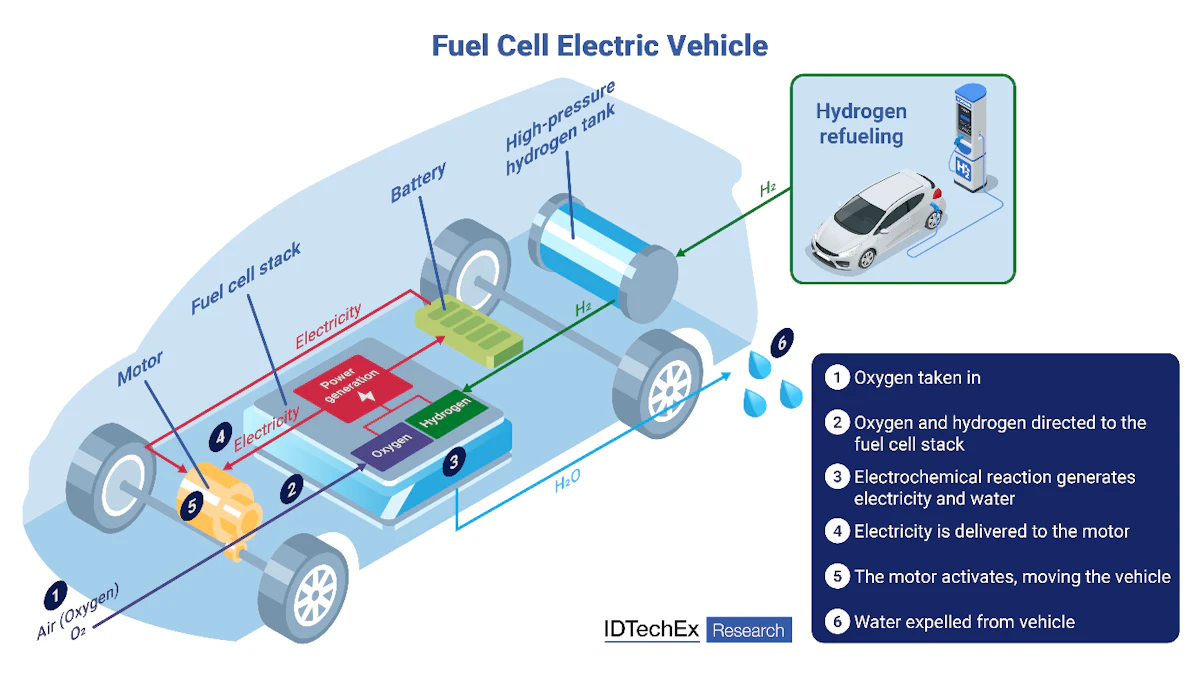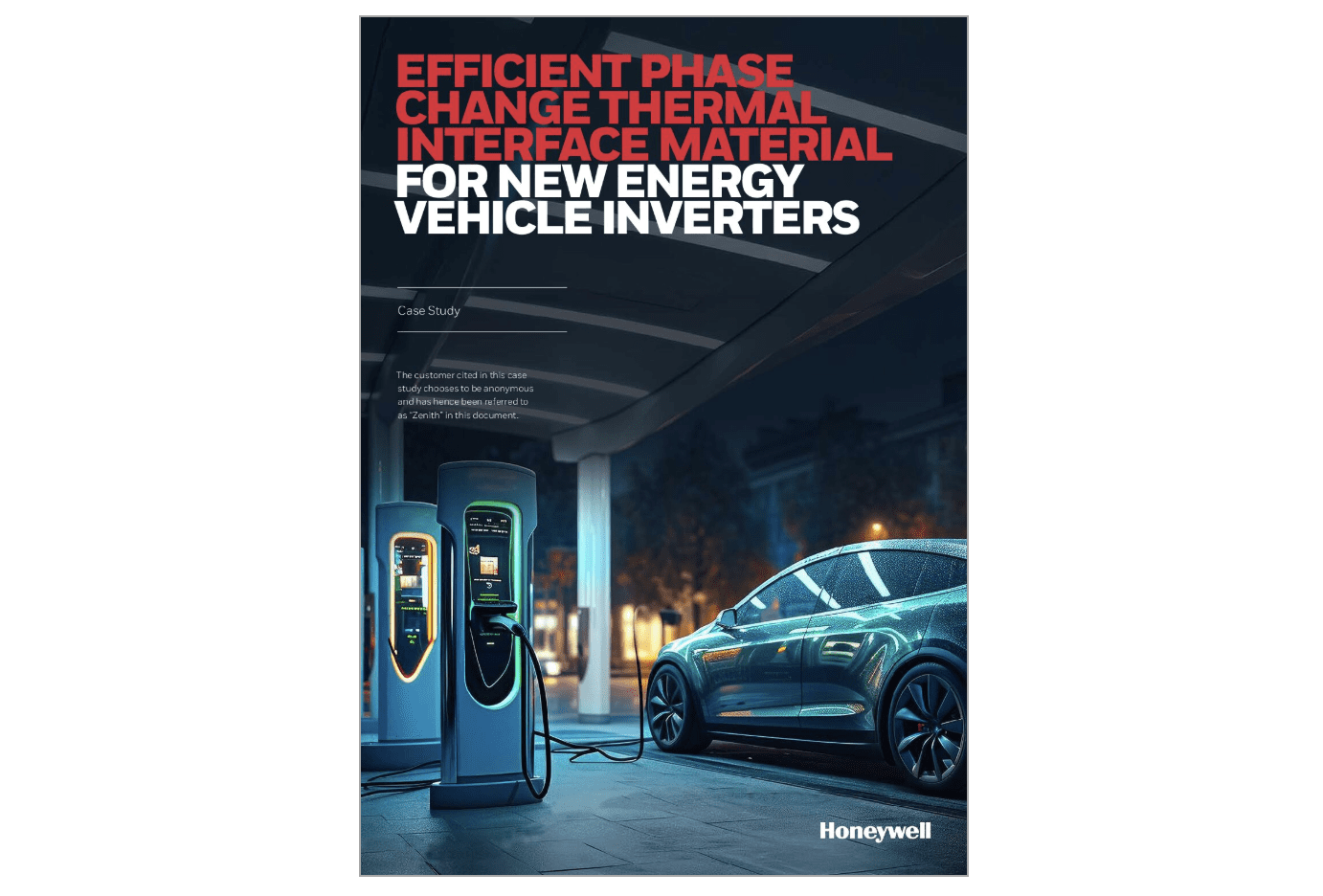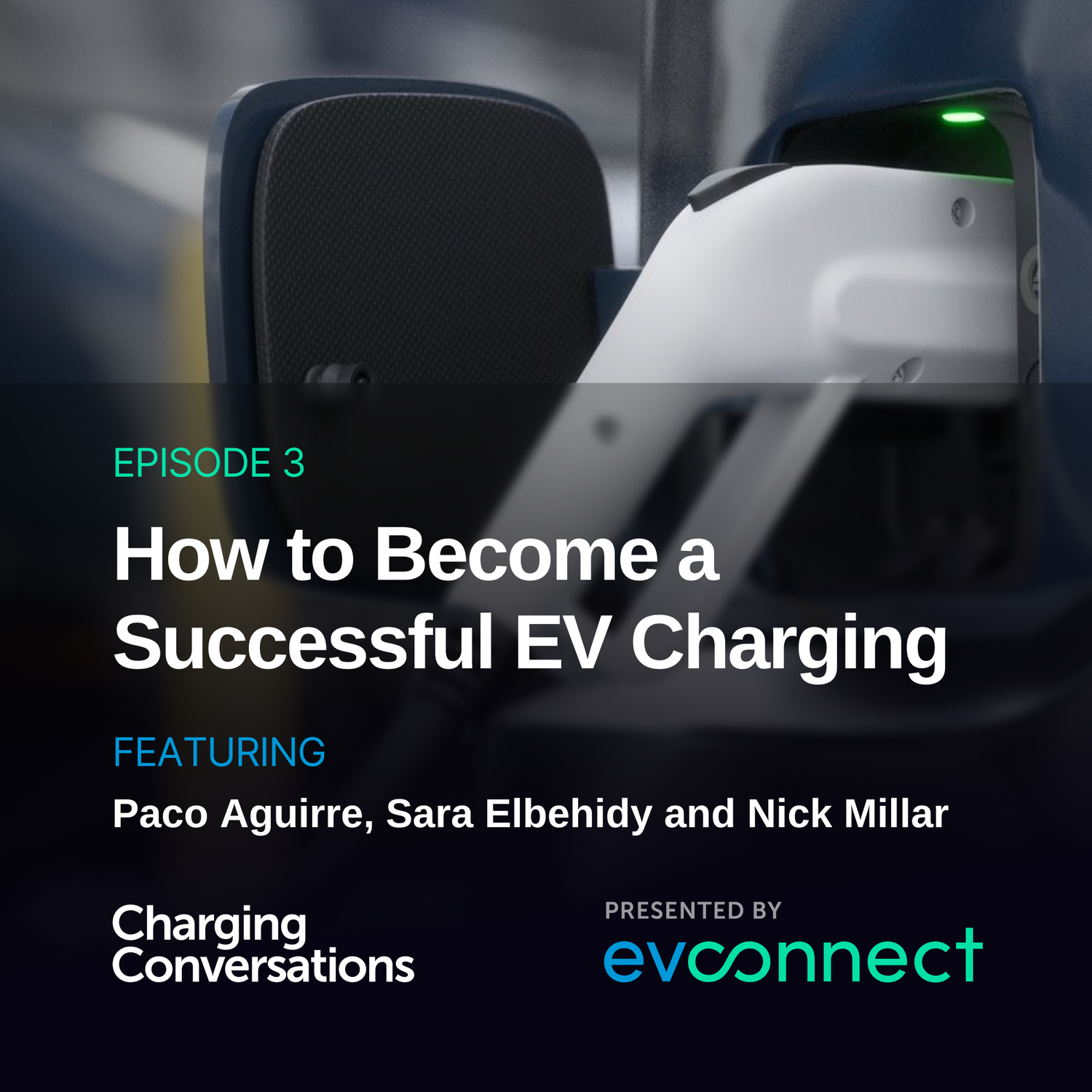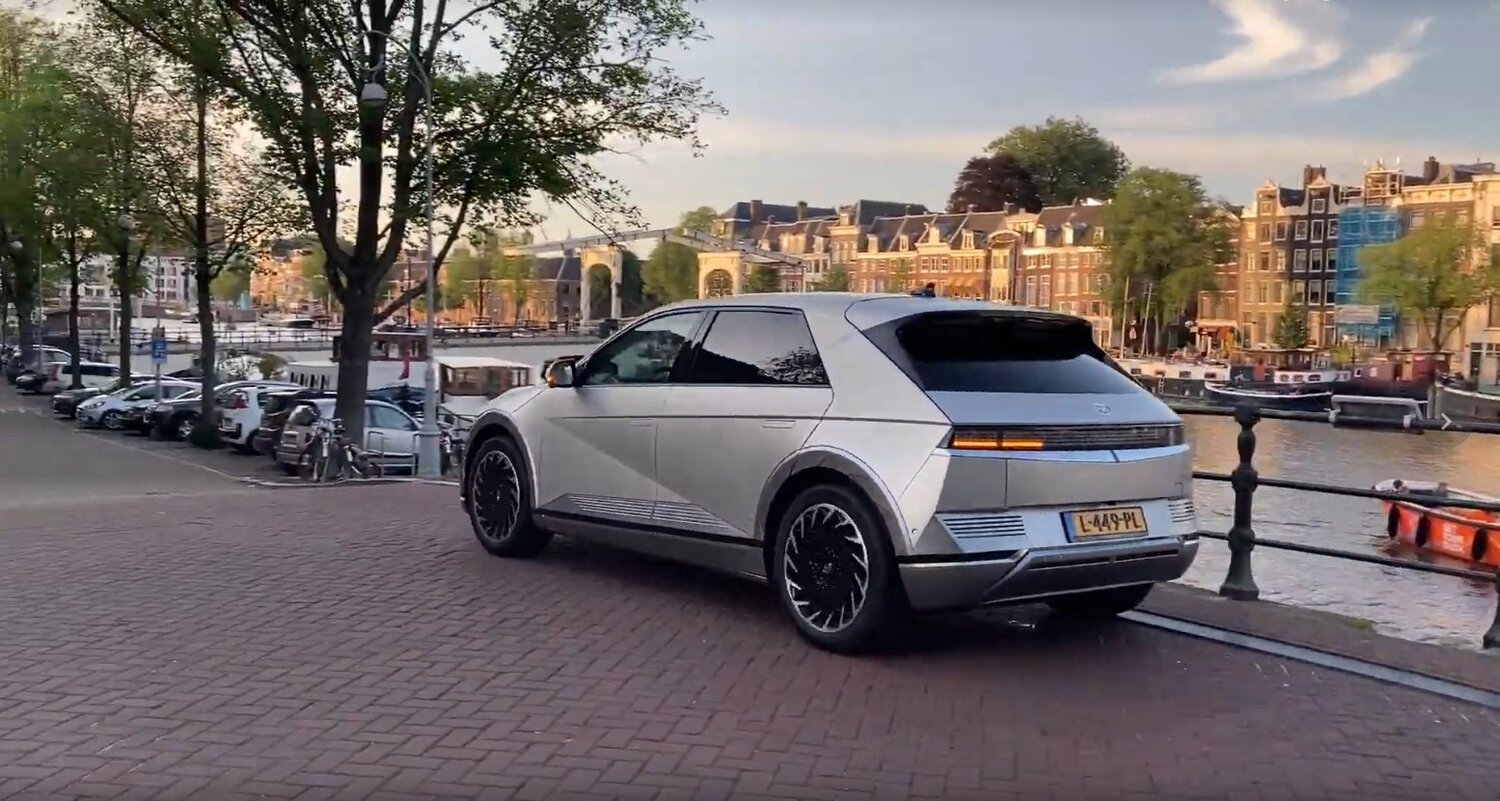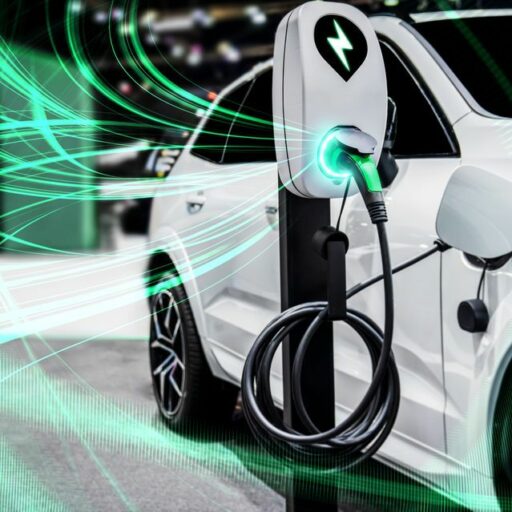
Fuel cell electric vehicles (FCEVs) are a zero-emission solution, where hydrogen fuel is combined with air in a fuel cell stack to produce electrical power. The only on-road emission is water vapor. Source: IDTechEx
Charging power is increasing rapidly
The challenges of high power charging
However, access to such fast DC chargers comes at a cost. Charging stations will need to be built to handle the peak demands of constant high-power charging. Furthermore, most areas do not have the necessary grid connections and infrastructure currently to support high-power levels of charging, such as MW charging proposed by BYD and as used in the MCS charging standard for trucks. To put this in context, National Grid estimates that the power consumption of a small town is 20MW, meaning that a car or truck stop with multiple charging posts will require a comparable peak power demand as a small town. Grid upgrades can cost upwards of US$100,000s and can take many months to years, depending on the scale of the upgrade and the time scale of planning and building. To tackle the high power demand, stationary energy storage solutions are being developed that can shave the power demand at peak times.
The scalability of hydrogen refueling
For hydrogen refueling stations, hydrogen is stored onsite, meaning that even if green hydrogen is generated onsite (and therefore constant power is required), you can more easily store the energy content of the hydrogen fuel on site compared to electricity, meaning that peak power demand is significantly reduced when compared to DC fast charging stations. For stations where hydrogen fuel can be delivered by tube trailers, the limit of potential energy available at the station is limited to the mass of hydrogen that the tube trailers can transport. In the future, hydrogen pipelines will be built to create a network of infrastructure capable of consistently supplying hydrogen. However, hydrogen refueling stations usually take multiple years to go from planning stages to finished construction. Just like MW charging stations, hydrogen refueling stations are also very CAPEX-intensive, requiring equipment for hydrogen generation, transport, compression, and storage.
Conclusions
The question of the future availability of green hydrogen remains a concern. Without access to large quantities of cost-effective, low-carbon hydrogen, it is unlikely that FCEVs will be taken up in significant numbers, and questions would remain on the overall sustainability benefit if grey hydrogen remains the dominant form. Currently, hydrogen refueling stations struggle to be profitable, due to high running costs and small volumes of FCEVs on the roads to serve. In the future, industries with demand for hydrogen, potentially oil refineries or in steelmaking, could be leveraged to make hydrogen fuel available and cost-effective for FCEVs.
More information on FCEVs, their current market status, progress, and future developments can be found in IDTechEx’s report, “Fuel Cell Electric Vehicles 2025-2045: Markets, Technologies, Forecasts”. The report assesses these key factors and benchmarks them against BEVs to provide a holistic view of the zero-emission vehicle market.
